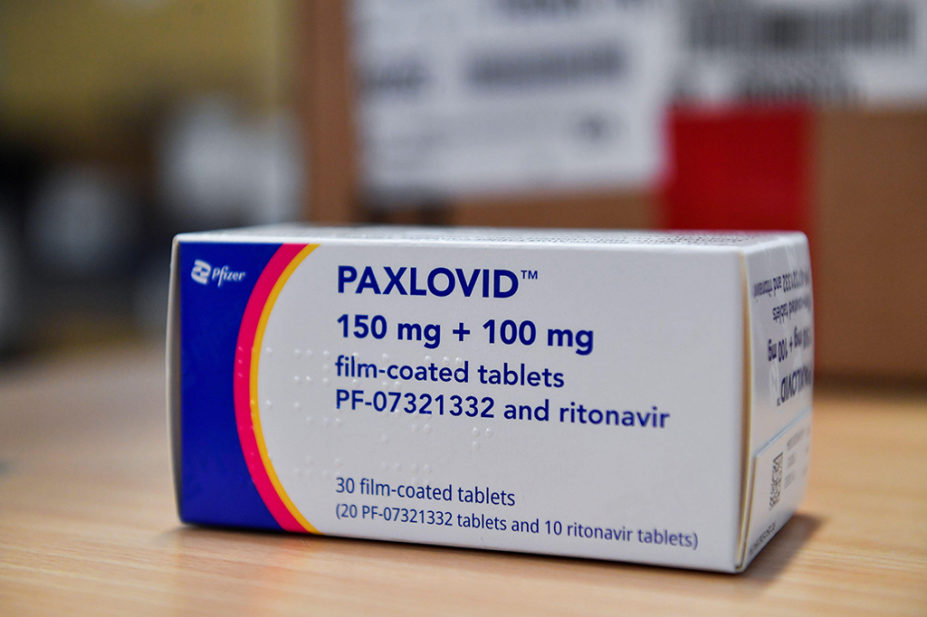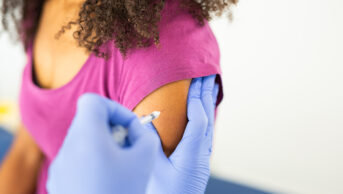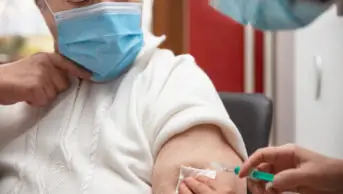
REUTERS / Alamy Stock Photo
A “small number” of Yellow Card reports of people who have tested positive for COVID-19 after completing treatment with the antiviral Paxlovid (nirmatrelvir and ritonavir; Pfizer) have been received by the Medicines and Healthcare products Regulatory Agency (MHRA).
In a statement shared with The Pharmaceutical Journal on 12 May 2022, the MHRA said that the reports were in line with that seen in Paxlovid clinical trials, in which 1–2% of patients continued to test positive for COVID-19 after a course of treatment in both arms of the trial.
It said that the small number of viral rebounds seen after treatment with Paxlovid “could be due to a number of reasons”.
“As part of our ongoing rigorous safety monitoring, we closely review the Yellow Card reports submitted to us in the UK alongside safety data from other countries,” the statement said.
“Based on the data available to us, the balance of benefits and risks for Paxlovid remains favourable for the authorisation indication. Patient safety is our top priority.”
In the statement, the MHRA advised patients and their carers to speak to their healthcare professional if they developed symptoms of COVID-19 following treatment with Paxlovid.
In Pfizer’s EPIC-HR study, which looked at whether Paxlovid was safe in the treatment of patients with mild-to-moderate COVID-19, some patients (1–2%) had one or more positive SARS-CoV-2 PCR tests after testing negative, or an increase in the amount of SARS-CoV-2 detected by PCR 10–14 days after completing their course of Paxlovid compared with at completion of treatment on day 5.
However, a spokesperson for Pfizer told The Pharmaceutical Journal that these cases occurred at similar rates between those who received treatment with Paxlovid and those who received placebo, and there did not appear to be an association between the observed viral load increase and subsequent severe disease.
“Although it is too early to determine the cause, this suggests the observed increase in viral load is both uncommon and not uniquely associated with treatment,” they said.
“Additionally, the vast majority of patients in EPIC-HR demonstrated sustained reductions in viral load through day 14, following completion of treatment.”
Penny Ward, visiting professor in pharmaceutical medicine at King’s College London, said it was not “entirely unusual” to see ‘double bump’ viral load in some patients treated with antivirals.
“Particularly if these are individuals who may be relatively immune suppressed, either because of disease or other co-administered drugs.”
However, she said that the “principle concern” would be the potential that this was linked to emergent resistant virus during treatment, with a second episode of disease caused by the resistant viral strain.
“The current UK recommendations for use of antivirals limit use of antiviral medicines to individuals who are likely to be immune suppressed,” she added.
“This could, ironically, increase the potential for emergent resistant virus as such individuals may not be able to clear the virus as well as individuals with a normal functioning immune system and, in the absence of viral clearance, re-emergence of virus once the antiviral is removed would be anticipated.
“This may be what is being observed here.”
A report of a suspected side effect to the Yellow Card scheme does not necessarily mean that it was caused by the treatment, only that the reporter has a suspicion that it may have been.
Read more: Post-Paxlovid viral rebound – what do we know and should we be worried?


